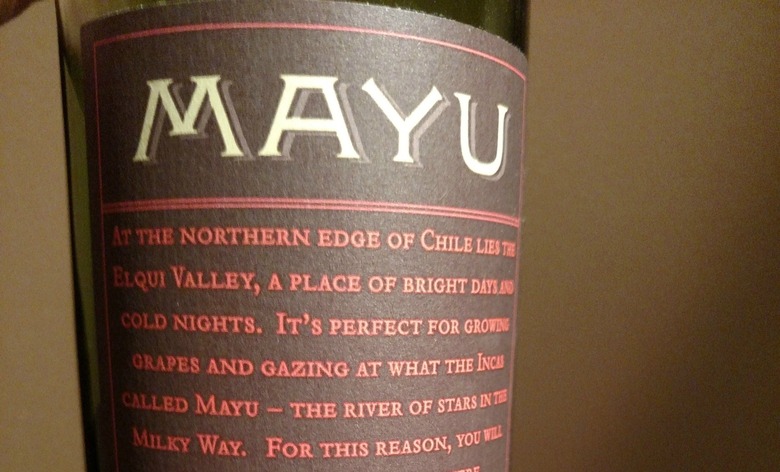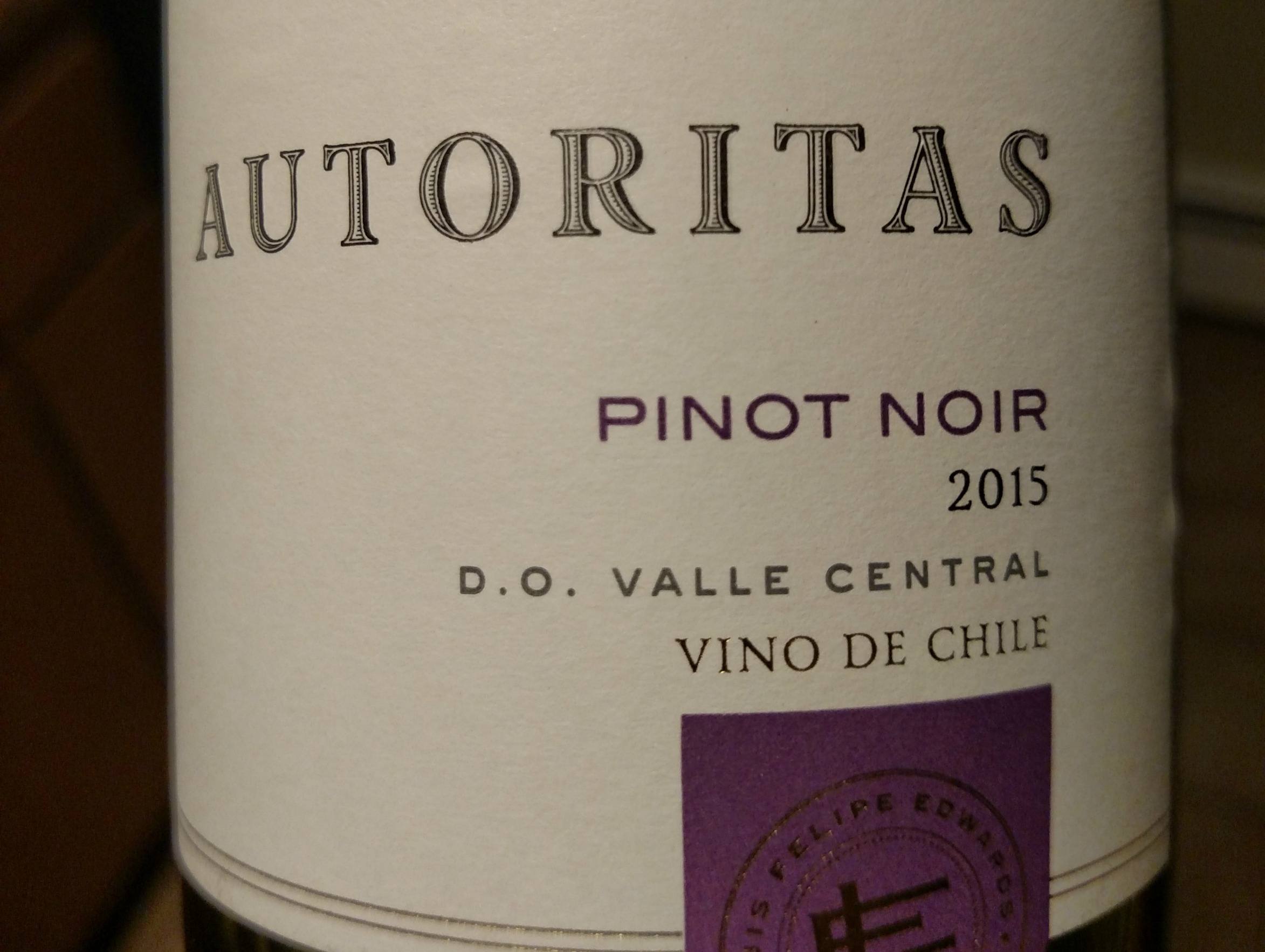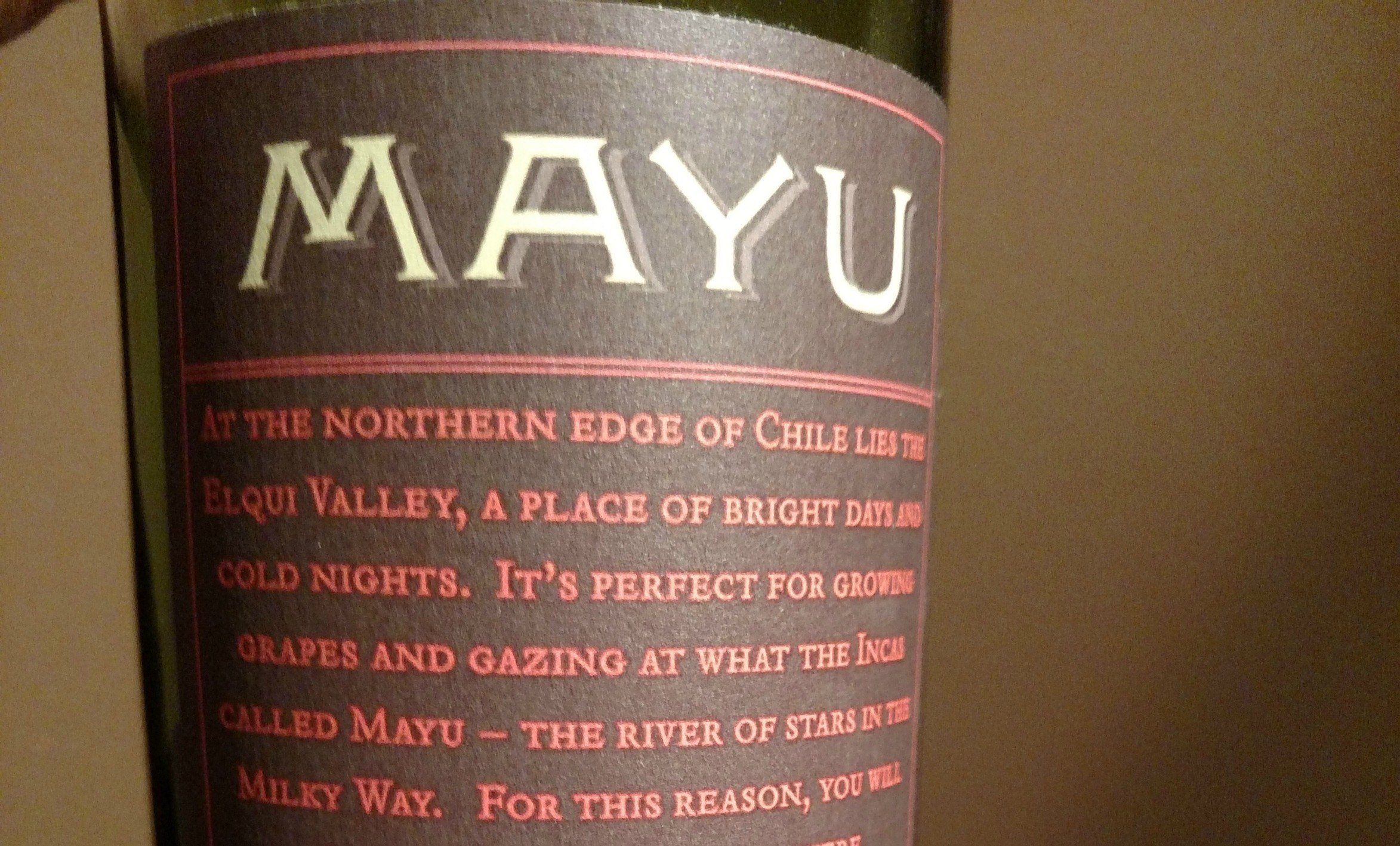A Quick-Yet-Thorough Guide To Chilean Wines
Chile offers a broad spectrum of varietals produced in eight different regions across 600 miles of vastly diverse terroir running the gamut from coastal highlands to craggy Andean plateaus 13,000 feet or more above sea level.
The concept of grapes and winemaking was little known in Chile before Spanish conquistadors invaded during the 1500s planting Pais vines, which are now considered Chile's national grape. At the time, Pais, also known as "mission grapes," fed a growing need for sacramental wine used during Catholic masses.
It was only a matter of time before winemaking expanded into general consumption, but world class production didn't happen until the mid-nineteenth century, roughly 20 years before phylloxera ravaged most of Europe. Wealthy Chileans boosted by the country's economic boom at the time frequently traveled on business to Europe where they discovered excellent wines and the well-established vineyards behind their production.
Confident they could replicate what they saw upon returning to Chile due to its ideal growing climate that easily supports many of these Old World varietals, these pioneers planted their newly acquired vine cuttings post haste and got busy in the vineyards utilizing more advanced growing techniques they had just witnessed abroad.
Over time, many imported vines like Pinot Noir and Sauvignon Blanc were cultivated next to indigenous varieties like Carmenere, eventually intertwining to produce hybrid varieties with their own unique set of genetic sequences yielding an entirely new set of flavor experiences.
The beginning of the 1980s witnessed another key milestone in Chilean wine history. It was then that Spanish producer Miguel Torres modernized viniculture production to include stainless steel tanks and French oak, which in turn boosted production and exports. The downside was that Pais was sidelined for cheaper, bulk wine production. Many of the old vineyards were abandoned for more in-demand international varieties like Cabernet Sauvignon and Pinot Noir.
But today, many Chilean wines thankfully benefit from a diversity of revived and preserved locally grown indigenous grapes as well as European varieties yielding authentically unique tastings especially when blended. Much of this is made possible by winemakers and agronomists working together to adopt the latest soil cultivation methods for successfully growing in areas previously off-limits, such as the Andes' harsher but more rewarding highlands, as well as along nearly inaccessible coastal ridges.
The good news for us is that a wide variety of bottles such as the following are available at extremely reasonable prices ranging from $10-$15 per bottle:
Autoritas Pinot Noir, 2015 Valle Central
Autoritas, rooted in the Latin word Auctoritas, translates into "prestige and respect" — and you certainly get that with a fine bite of cedar on the nose, receding to a well-balanced minerality and sweet grape tempered with bramble berry and honeyed spice. This fiery red gives a burst of heat with lingering warmth on the palate. Chocolate is once again a divine pairing with a full-bodied mouthfeel of silky spice and plum with soft ripe tannins.
Boya Pinot Noir, 2014 Leyda Valley
Wiffs of sweet honeysuckle on the nose with a distinctly mellow yet dry mouth feel with hints of cloves make it an excellent choice for cheese and chocolate pairings. A peppery clove astringency lingers long enough on the finish to cleanse the palate for some more food pairings.
Carménère Reserva, 2014 Valle de Colchagua Valley
Inky red, a smoky oaky toasted almond on the nose with an overarching vanilla custard on the bouquet. And as you may be able to infer so far, it divinely pairs with chocolate and grilled meats. A piercing minerality delivers black and red berries, hints of cinnamon, nutmeg, and a savory touch of dark chocolate.
Casa Silva Los Lingues Cabernet Sauvignon, 2014 Colchagua Valley
From a fifth generation estate winery in the Colchagua Valley, this wine initially exudes brambleberry that comes on strong but then mellows out into spiced plum with hints of cherry. Tannins are aggressive but not overpowering, giving it the vigor of a younger wine that seems to have plenty of potential for aging — with enough commanding astringency to power through steaks, BBQ, and divine chocolate pairings. Overall, a well-balanced and refined high octane palate pleaser.
De Martino Estate Organic Cabernet Sauvignon, 2014 Maipo Valley
Some real punchy juice hailing from De Martino estate in Jola de Maipo, situated on a dried up river bed due to earthquakes over a century ago that redirected the River Maipo to its current flow several miles away. Intense ruby red in color, the nose is bursting with red and black fruit aromas with a palate that's balanced, smooth, and full of character. Elegant and fruity with mellow tannins, a slight yeastiness, and a durable acidity holds its own with strong cheeses and chocolates.
Erasmo Unfiltered Red Wine, 2010 Maule Valley
Very distinct deep berry undertones refines the tannins exposing a delicate peppery tinge that then mellows out to eucalyptus and plum with caramelized vanilla spice on the nose. Rich on the palate with a long-lasting melange of spicy blackberries and plum, a bright clean flavor bursts forth across the mouth, making for an astringent finish.
Mayu Carménère-Syrah, 2014 Elqui Valley
A fiery burst gives way to regal rich berry, high notes of spicy sweetness that carry over to a dry more reserved mouthfeel. A distinctly floral bouquet of fresh cut lilac or perhaps a faint rose with a wiff of wood smoke combines with a defined and concentrated minerality belying a silky mouthfeel.
Odfjell Armador Sauvignon Blanc, 2015 Casablanca Valley
A lively wine that can't be put down, you get a distinctive jam-iness on the bouquet, while on the palate, stone fruit underlies a spicy pineapple puree that's clean and light with a slightly smoky patina. A strong lingering finish of spicy hints of pear and honeyed citrus crown the entire flavor experience.
Viña Errazuriz MAX Chardonnay Reserva, 2015 Aconcagua Costa
A dry oaky impact initially tickles the palate, but a rich deep grape ultimately pulls through with a clean, bright, and refreshing full-thirst-quenching bite. Light and fruity with a brief yeasty flourish and then exudes a deeper personality of sharply punctuated fresh spring greens that then rapidly recede to a palate cleansing definitive minerality made all the more distinctive with a refined fruitiness.
Photos courtesy of Steve Mirsky and winesofchile.org. Coverage made possible by participating in a sponsored tasting.


